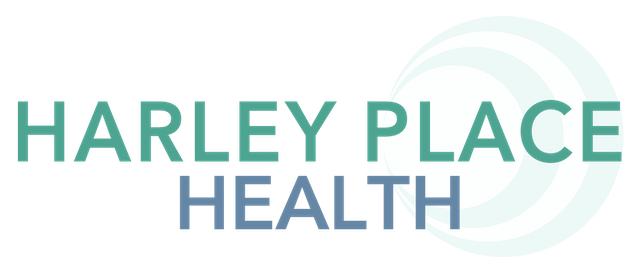Do you find yourself tossing and turning when you go to bed? Maybe it’s because of an injury, perhaps you’re restless because you have a lot on your mind. Other times, it could be the food you ate before you went to bed. Here are six tips for getting a good night’s sleep.
1. Follow a sleeping routine
Reset your internal clock by getting up at the same time every day. Once you get into this rhythm, your body will naturally start getting tired around the same time every night. Try to limit the difference in your sleep schedule on weeknights and weekends to no more than one hour. Being consistent reinforces your body’s sleep-wake cycle.
2. Watch what you eat and drink!
Cutting out caffeine after 3pm should be a no brainer, especially for those who struggle to fall asleep! Avoid stimulants like coffee, soft drink, alcohol and cigarettes for at least a few hours before you intend to sleep. You may think that alcohol makes you sleepy, but even that cheeky glass of red can cause a restless night, and increase your chances of waking during the night. Don’t go to bed hungry or stuffed. In particular, avoid heavy or large meals within a couple of hours of bedtime. Your discomfort might keep you up.
3. Turn out the lights – especially the blue ones
If you are finding it hard to fall asleep at night, avoid looking at screens from your phone, laptop or TV as the light emitting from the screen may be stimulating your brain. Try winding down an hour before sleeping by reading or listening to calming music instead.
4. Exercise!
Regular physical activity can promote better sleep. However, it is best to avoid being active too close to bedtime. Personally, I find I sleep a lot better when I’ve been active through the day, and it can be as simple as taking my dog out for a walk, or standing out in nature and breathing in that fresh air.
5. Avoid daytime naps
Even small naps can seriously interfere with your sleep cycle. If you want a solid sleep, try to limit your nana-nap to 30 minutes, and definitely avoid them after 5pm!
6. Manage your worries.
Try to resolve your worries or concerns before bedtime. Jot down what’s on your mind and then set it aside for tomorrow. Stress management might help. Start with the basics, such as getting organised, setting priorities and delegating tasks. Meditation also can ease anxiety. If you don’t fall asleep within about 20 minutes, leave your bedroom and do something relaxing. Read or listen to soothing music. Go back to bed when you’re tired. Repeat as needed.
7. According to the Sleep Toolkit devised by Dr Andrew Huberman, you should also View sunlight by going outside within 30-60 minutes of waking. Do that again in the late afternoon, prior to sunset. If you wake up before the sun is out and you want to be awake, turn on artificial lights and then go outside once the sun rises.
On bright cloudless days: view morning and afternoon sun for 10 min; cloudy days: 20 min; very overcast days 30-60 min. If you live someplace with very minimal light, consider an artificial daytime simulator source.
Don’t wear sunglasses for this practice if you safely can, but contact lenses and eyeglasses are fine.
No, you don’t have to look directly at the sun, and never look at ANY light so bright it is painful to view! That said, you can’t wear a brimmed hat, sunglasses and remain in the shade and expect to “wake up” your circadian clock.
Remember, nearly everyone has an occasional sleepless night, but if it concerning to you, it is worth speaking to a professional to get to the bottom of it. You can also read more about how your mattress, pillows and sleeping environment affect your sleep here!
This blog “Ways to Optimise your Sleep” was written by Whole Health Osteopath Dr Jess Sammut. Whole Health Osteopathy was established in 2017 and is located at 855 Plenty Road, South Morang, 3752. We thank Dr Jess for sharing this with us. For more information or to book an appointment, visit them at Whole Health Osteopathy





